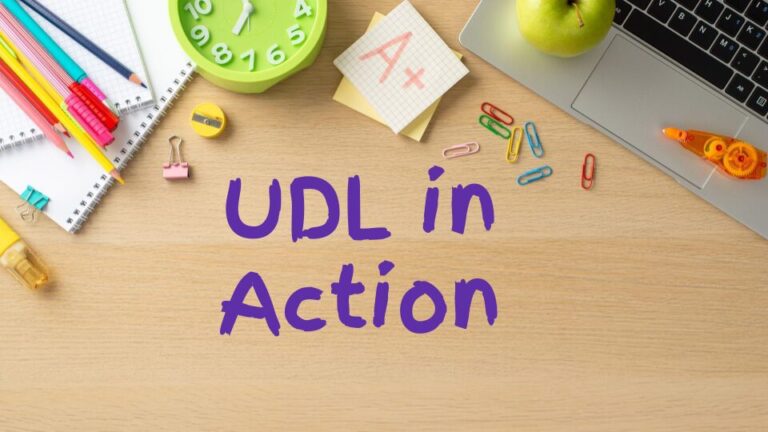
The need for media literacy skills has never been more crucial. Media literacy empowers students to critically analyze and evaluate information presented through different types of media. To equip our students to do this, we need to provide them with the tools to evaluate sources, navigate online platforms, and make informed decisions about the media they choose to consume and create. How might we prepare students to be digital leaders who can find credible sources effectively and thrive in the digital landscape?
A Changing Digital Landscape
As digital natives, students are often at the forefront of technological advancements. They are more likely to use ChatGPT and other AI tools to access information and communicate with others. Students will need to learn how to use technology effectively and examine information critically. They must also be aware of the ethical implications of using these sources, such as spreading false information, plagiarism, and the potential consequences of doing so. Media literacy is a required part of digital leadership. According to a 2021 RAND study, only 17% of K-12 teachers use a media literacy curriculum in the classroom, citing a lack of resources, professional development, and support. Nevertheless, students need to learn these future ready skills to navigate our ever evolving digital world (Baker et al., 2021).
Media Literacy in the Classroom
Students will continue to use AI and other technology in the future. We need to encourage students to think critically about the information they encounter online so that they are ready for the challenges ahead with quickly changing technology.
Try out these ideas in your classroom today!
-
-
MODEL HOW TO SEARCH FOR SOURCES FOR AN UPCOMING PROJECT.
Demonstrate how to gather age-appropriate and reliable resources for research, including books, websites, and educational databases.
-
EVALUATE A SOURCE TOGETHER AS A CLASS.
Review whether or not a source is credible. Ask students whether the source is written by an expert, avoids bias, and includes accurate information. Decide on a checklist as a class to determine a source’s credibility.
-
PARTNER UP! PROVIDE STUDENTS WITH AN OPPORTUNITY TO EVALUATE A SOURCE WITH A CLASSMATE.
Have students find an example of a source and give reasons why or why not it is credible.
-
TEACH STUDENTS HOW TO CREATE POSITIVE MEDIA CONTENT.
Students should also learn to create media content such as videos, podcasts, and blog posts. This helps them understand the media production process and gain hands-on experience with positive examples of media creation (which they can do right in Seesaw!)
-
TEACH STUDENTS HOW TO BE RESPONSIBLE DIGITAL LEADERS.
Digital leadership is more than teaching students how to evaluate sources online. Students should learn the skills to care for themselves, others, and their devices.
-
Fostering Digital Leadership in the Classroom
With new and innovative technologies, it is essential that students learn why and how they can use technology for positive change in their community and beyond. As AI technology advances, it’s important to continue to exercise digital leadership while researching in the classroom. There may be implicit bias and misinformation, and students need to know how to make the distinction to find credible sources, rather than just asking ChatGPT for the answer.
LOOKING FOR RESOURCES TO GET STARTED?
The Seesaw Library includes ready-to-go K-5 lessons that make digital leadership and teaching media literacy skills simple and accessible for all teachers.
Digital Leadership With Bean and The Digital Leaders are interactive hands-on collections with real-world scenarios that teach students the skills to become responsible digital leaders.
CLOSING THOUGHTS
Students need to be explicitly taught media literacy and digital leadership skills in order to become critical consumers and creators of media in a rapidly changing digital world.
Teachers, students, and the broader digital landscape must work together to promote media literacy and critical thinking skills, and address false information promptly. Only then can we ensure that we are accessing and sharing accurate and reliable information in the digital age.
Sources
Baker, G., Faxon-Mills, S., Huguet, A., Pane, J. and Hamilton, L. (2021). Approaches and Obstacles to Promoting Media Literacy Education in U.S. Schools. Santa Monica, CA: RAND Corporation. https://www.rand.org/pubs/research_reports/RRA112-19.html.



